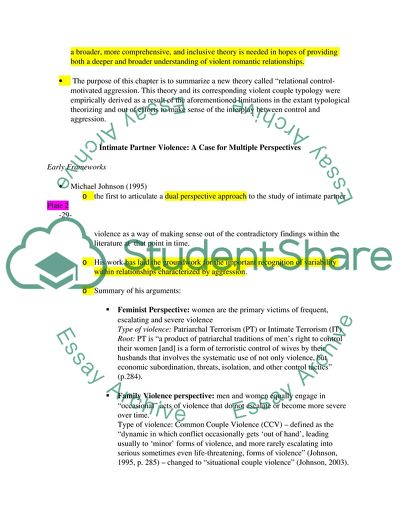Cite this document
(Relational Control: Motivated Aggression Book Report/Review Example | Topics and Well Written Essays - 2750 words, n.d.)
Relational Control: Motivated Aggression Book Report/Review Example | Topics and Well Written Essays - 2750 words. https://studentshare.org/social-science/1732792-family-violence-chapter-outline
Relational Control: Motivated Aggression Book Report/Review Example | Topics and Well Written Essays - 2750 words. https://studentshare.org/social-science/1732792-family-violence-chapter-outline
(Relational Control: Motivated Aggression Book Report/Review Example | Topics and Well Written Essays - 2750 Words)
Relational Control: Motivated Aggression Book Report/Review Example | Topics and Well Written Essays - 2750 Words. https://studentshare.org/social-science/1732792-family-violence-chapter-outline.
Relational Control: Motivated Aggression Book Report/Review Example | Topics and Well Written Essays - 2750 Words. https://studentshare.org/social-science/1732792-family-violence-chapter-outline.
“Relational Control: Motivated Aggression Book Report/Review Example | Topics and Well Written Essays - 2750 Words”. https://studentshare.org/social-science/1732792-family-violence-chapter-outline.


